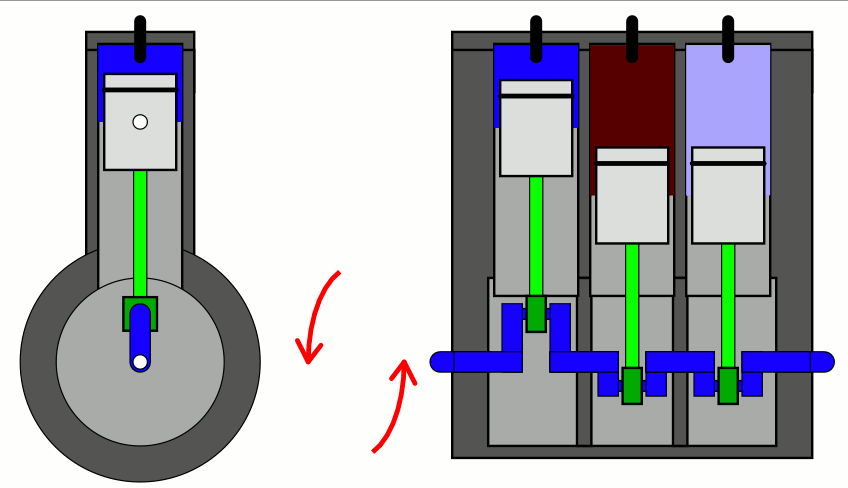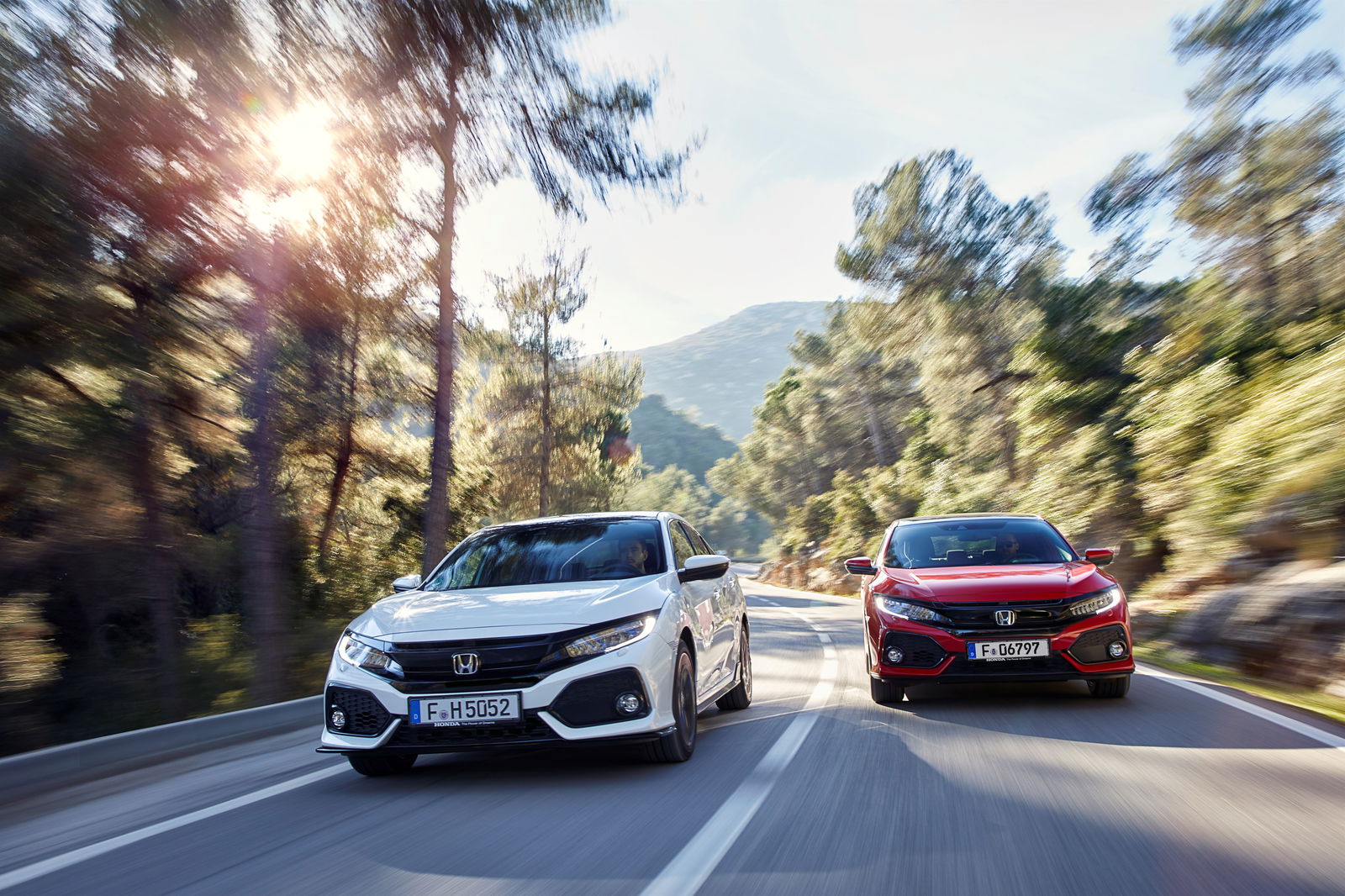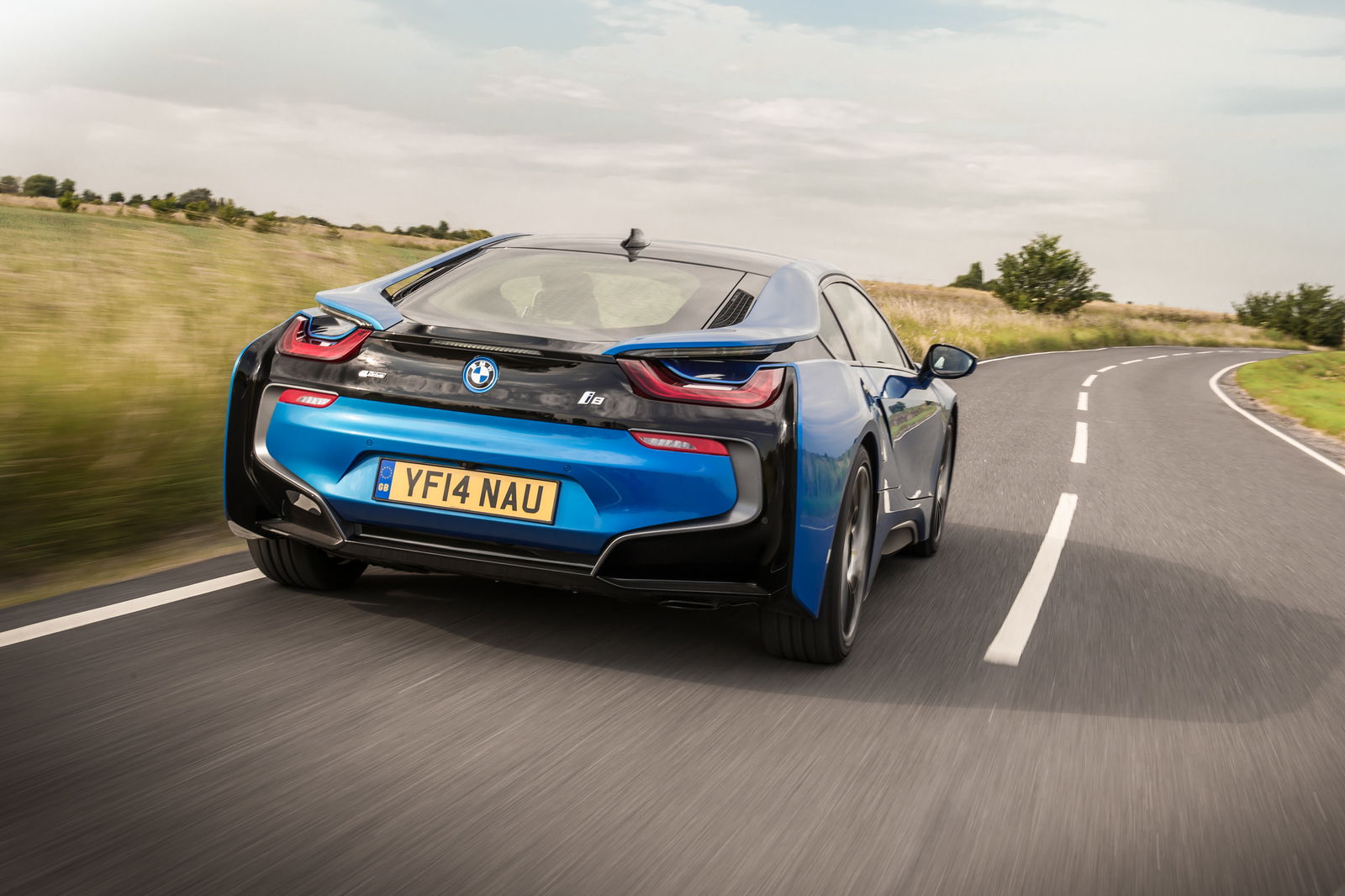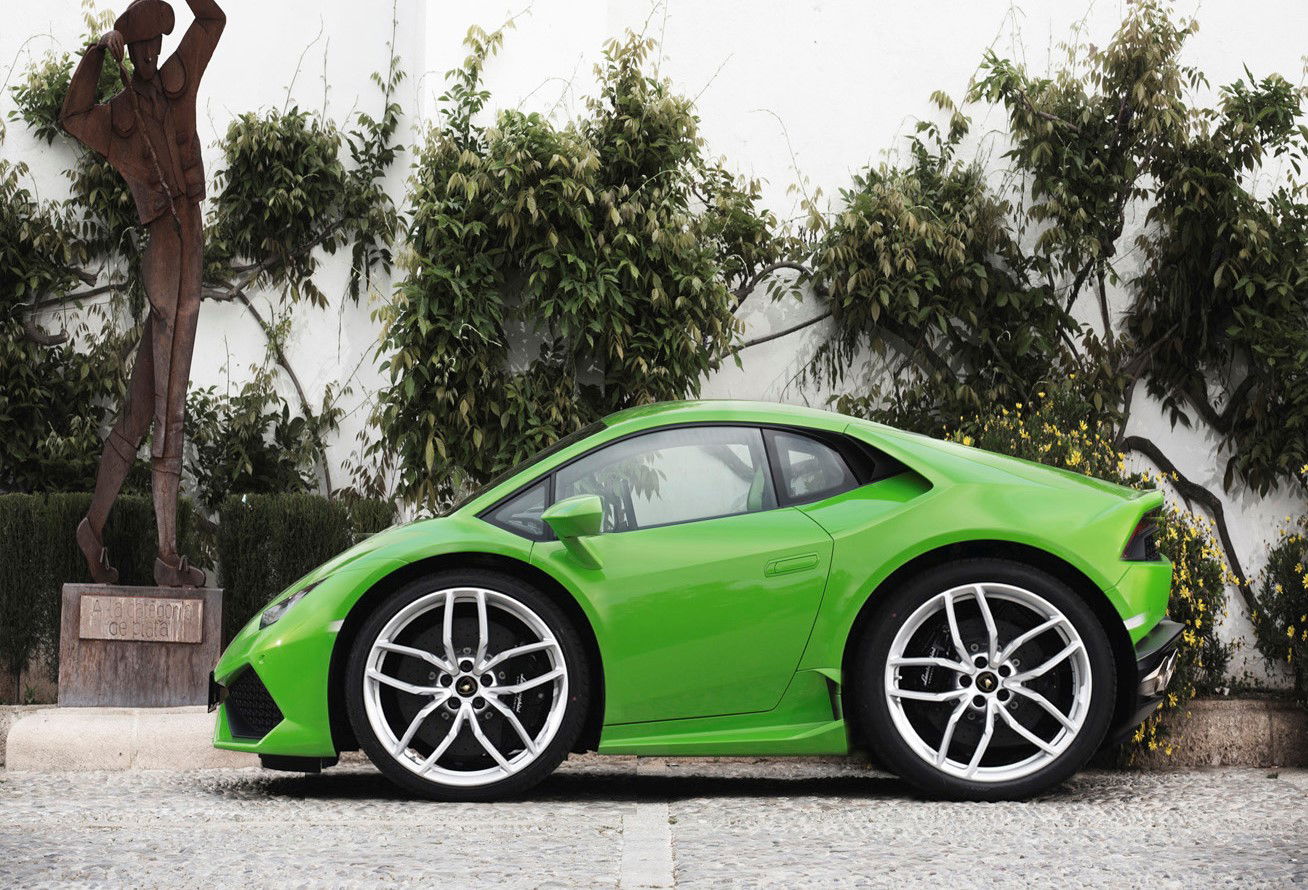Here's The Problem With Three-Cylinder Engines

Three cylinder engines are a big deal now. The age of downsizing has seen myriad three-pot options appear from VW Group, BMW, Honda and more. Usually featuring turbocharged assistance, power is rarely an issue, however, they aren’t always the most pleasant engines to experience. But why is that?
An inline three-cylinder engine is essentially a straight six engine lopped in half. Normally in a straight six, the two outer cylinders reach top dead centre (TDC) in unison, with the other four cylinders reaching specific angles of rotation to balance the primary forces, secondary forces and rotational torque of the engine nicely.
In a three-pot, piston one (the front piston) reaches TDC while the other two are 120 degrees away from either TDC or bottom dead centre (BDC). This means that the primary and secondary forces are balanced vertically, but the torque over the reciprocating pistons is not matched in unison like in an I6. Instead, the engine is trying to naturally rotate and flip over on itself. So to avert this, a balancing shaft is needed to counteract the twisting force.
The torque inbalance (shared with inline-five engines) makes for a rattling powertrain as the engine tries to rock from end-to-end, even when balanced as much as physically possible. This is due to the weight of the balancing shaft that the crankshaft has to work against, making these engines less free-revving than their more-balanced counterparts. Counterweights can also be machined into the crankshaft itself but they also add weight, decreasing its ability to rotate freely.
Also, due to the fact that ignition occurs every 240 degrees, the crankshaft journals are spaced 120 degrees apart. This means that there will be a significant proportion of crankshaft rotation (60 degrees) when no power stroke is occurring. That reciprocatory feature leads to the lack of smoothness in power delivery and large amounts of vibration that three-cylinder engines are notorious for. The rough-running engine behaviour will be emphasised at lower engine speeds especially, due to the lack of power strokes occurring.

Despite these shortcomings, there are plenty of reasons why many manufacturers these days are choosing three-cylinder engines. Firstly, they’re lightweight and compact which allows them to be placed in multiple platforms throughout a manufacturer’s range of vehicles. For example, BMW uses the three-cylinder powertrain from the Mini in its i8 hybrid sports car.
In terms of performance, one less cylinder than a standard inline-four engine makes for a decrease in frictional losses from the moving components. This factor along with smaller displacements amounts to strong economy figures.

With lower-spec models in car line-ups often leaning towards three-cylinder powertrains, it’s probable that many ‘first cars’ bought from new will feature these small engines, depending on how the expected move away from downsizing in the industry pans out.
With the reduced manufacturing costs when compared to an I4, the next few years could become the heyday of the three-cylinder engine until the next leap in IC technology occurs. Although this may seem a gloomy future compared to what we’re all used to, with a touch more refinement, the three-pot could make for an eager and spritely companion.
Have you ever owned a three-cylinder car? Does a smaller displacement three-pot appeal to you over a more generic inline-four? We’d like to know your opinion below.

Comments
I’m currently driving a Toyota Yaris with the 1KR-FE 3-pot motor, and it really is an amazing little thing. She is the only car we have, meaning it is both the little every day run around, as well as the family car for a house of the adults and two little ones. She is not quick, at all, but she is reliable, light on fuel, and has massive spirit. Vibration isn’t really noticeable, at least not when the engine has warmed up, and the one thing that wasn’t mentioned in this article is the lovely off-beat sound, especially at idle or just above… I love it!
They sound great
Driven a car that thought it was a 3 cylinder… it wasn’t it was a 4 cylinder but it had a dream….
i had a 1,2 ,3-pot skoda fabia for the winter becouse my car (mk5 golf) had problems with the waterpump… best fun I ever had with a car in ages…the problem with it (when I drove it sensibly) is that it used a lot of fuel for a small engine and car like that… if I droved under 90km/h the fuel consumption was good( 5,4 L/ 100km) but over 100km/h it went 9,7 L/ 100km which is insaine… this is the problem with 3-pot engines…the rest is just pure fun…and lets be honest here…engine noise is the least of the problems.
sorry for bad english :)
I own a 1986 Suzuki Mightyboy with an 800cc 3cyl engine, and this article helps me a lot. I have been looking into 3 pots and the science behind them for a few days now after realising just how rough they are at idle compared to a 4 pot.
In my opinion, a 4 cylinder engine is better when it comes to things like power, torque, smoothness and proven reliability. However a 3 cylinder takes the cake by a long shot for fuel economy, simplicity, and weight. So for cars like the Focus ST & RS, the Civic Type-R, and other high performance hatches, 4 is as low as they should go. But for cars like the VW Polo, Toyota Yaris and other “city” or “eco” cars built for the sheeple who think cars are for A to B and nothing else, downgrading to 3 cylinders is not only an acceptable change, but maybe a necessary one.
As for older 3 pots like mine, they’re rough, pitifully low on performance, and make all sorts of anxiety inducing noises and smells under normal operation. It’s definitely an engine type for newer tech to master and perfect.
I really like three pots, they have lots of character and good torque. My Smart Roaster had 104BHP from 699cc and I never considered it under powered in every day driving. I now have an Aygo as a runabout and while not being fast is surprisingly responsive and makes a great growling sound.
I have not driven the Honda but the 1.0 ecoboost from Ford is a lovely little engine: very smooth, no vibration at all and a broad powerband. The BMW 1.5 is similarly impressive in this respect.
I must honest, I prefer I3s to I4s. Generally more charismatic engine notes
What? Vibration is a downside? C’mon guys, that’s just all part of the petrolhead experience, I love feeling the POWERRR.
I do currently own a 3-cylinder car, and I love the engine. Even though it is not as refine as a 4 banger or 6 cylinders, but I like the way it revs to the redline. So, in some ways, a 3-banger does appeal to me more than a 4-pot
Pagination